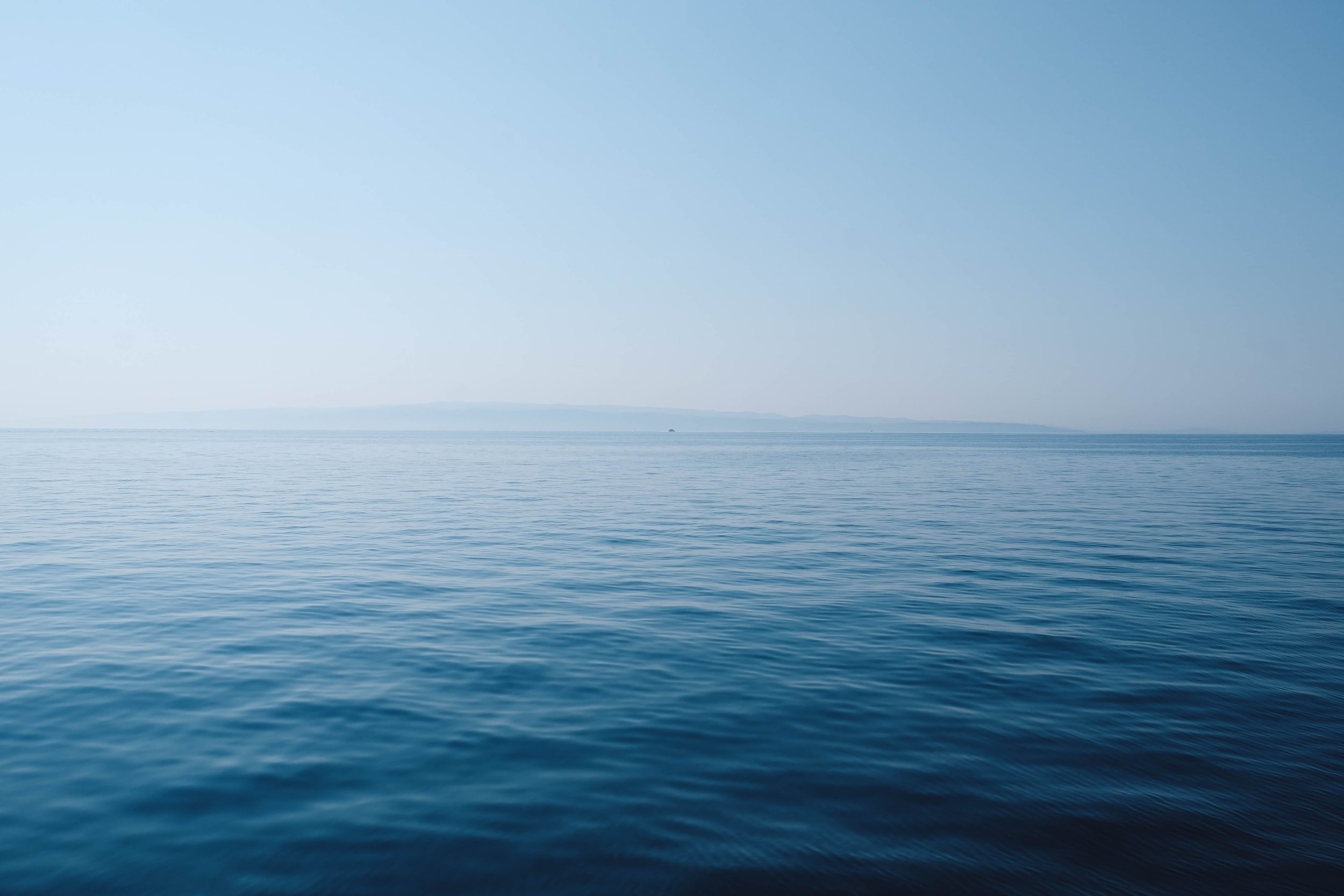
News
Updates, Tips, and Stories for Paddlers
Do you know how to deal with an injury on your SUP?
In our latest excerpt from the series of SUP SAFETY books written by Bill Dawes, National Safety Officer for stand up paddleboarding in New Zealand, we’re going to look at another paddleboarding emergency scenario and how to deal with it, utilising and building upon the processes covered in the previous blog articles in this series.
Dealing with an injury
The previous articles in this series can be accessed here The article finished with a challenge - have a go at thinking through how the process would work in the event of a physical problem. Something has gone wrong with you. How would you deal with it?
So here goes…
Why every kayaker should use GPS to track their sessions
For kayakers, whether you’re a novice or a seasoned pro, GPS tracking each session using the Paddle Logger app on your iPhone or Apple Watch can be transformative. If you don’t already track your routes, the ability to monitor distance, speed, pace, and heart rate brings new insights to your paddling experience, enhancing enjoyment, safety, and performance. GPS tracking has become an invaluable tool for many kayakers, helping them explore further, paddle smarter, and gain insights into their progress on the water.
What to do when things go wrong. GAGA!
What to do when things go wrong
In previous articles we looked at the three main categories of unexpected occurrences which you might encounter while out on your paddleboard. Namely; issues with your equipment, your environment, or your wellness. Other than a few really extreme situations (such as a cardiac arrest or being run over by a speedboat), the vast majority of unexpected occurrences are not in themselves life-threatening. It is how you deal with them that will determine how they play out - which could be anywhere on a spectrum from minor inconvenience through to full blown emergency.
This is our third set of excerpts from the series of SUP SAFETY books written by Bill Dawes, National Safety Officer for stand up paddleboarding in New Zealand.
What could go wrong out on the water?
What Could Possibly Go Wrong?
You’ve done your planning as we discussed in the previous blog, you’ve carefully checked the conditions and you’ve invested in the best safety equipment. Yet things still can - and do - go wrong. This is where the third cornerstone of paddleboarding safety comes into play: knowing how to deal with a situation when things don’t go according to plan.
There are two quite distinct aspects to dealing with problems:
Knowing what to do.
Doing it.
This is our second set of excerpts from the series of SUP SAFETY books written by Bill Dawes, National Safety Officer for stand up paddleboarding in New Zealand.
Stay Connected When Conditions Get Tough
Paddling can be a fun, relaxing and adventurous outdoor activity, but it also comes with its share of challenges - especially when the weather turns unpredictable or when you're navigating unfamiliar waters. At Paddle Logger, we understand that staying safe and connected is paramount for every paddler, whether you're a seasoned pro or just starting out. That's why we’re so excited to introduce our new route-planning feature, PaddlePLAN™ - recently featured by Apple at their Keynote event. Designed to enhance your paddling experience and keep you connected, even in tough conditions.
Unlock Your Potential: Analyse Your Paddling
Whether you’re into stand up paddle boarding, kayaking, canoeing or any other paddle sport, understanding your performance data is key to maximise your potential. With Paddle Logger, you can track vital metrics like speed, pace, and heart rate, and check out how they change throughout your session by viewing the graphs. This isn’t just about numbers; the data is designed to help you improve and become a better paddler.
Do you know what to do when things don’t go to plan?
Being safe on your paddleboard essentially comes down to two things:
1: Reducing the risks of something going wrong. In other words, proper planning and preparation, and knowledge/understanding of your environment.
2: Coping better if something does happen. In other words, knowing what to do when things go wrong, and understanding your safety equipment.
Over the next few regular blog articles we’re going to be focussing on the second of these; a topic which doesn’t get anywhere near enough coverage in safety discussion. However, to start the discussion off, we’re going to consider planning; one of the four cornerstones of paddleboarding safety [these four cornerstones are covered in much more detail in the SUP SAFETY books]. Because actually, proper planning is always the first link in the chain. The reason why things go wrong when you’re out there on the water very often comes back to a failure at the planning stage.
How to Start Your Day Right: The Benefits of Early Morning Paddle Sessions
There's something magical about being on the water at sunrise. As the world wakes up, the stillness and serenity of the early morning offer a unique paddling experience that sets the tone for the rest of the day. Whether you're a seasoned paddler or just starting out, incorporating early morning paddle sessions into your routine can transform your fitness, mental well-being, and overall lifestyle.
Crossing for Cystic Fibrosis 2024
This year's Crossing for Cystic Fibrosis event was a true test of endurance and resilience mentally, physically, and emotionally. The event proved to be far more challenging than anticipated, with unexpected obstacles and intense weather conditions adding to the physical and mental strain. Postponed twice due to severe thunderstorms, the race commenced under seemingly favorable downwinding conditions along the 32-mile course. However, the tranquility felt short-lived as a storm swept in around the 36km mark, transforming the serene ocean into what felt like an insane battleground.
9 Safety Tips for Paddlers
Paddling offers a unique opportunity to connect with nature, explore scenic waterways and enjoy moments on the ocean. Whether you’re kayaking down rapids, canoeing along tranquil rivers or stand up paddle boarding across coastlines, safety should always be a top priority for paddlers of all skill levels.










